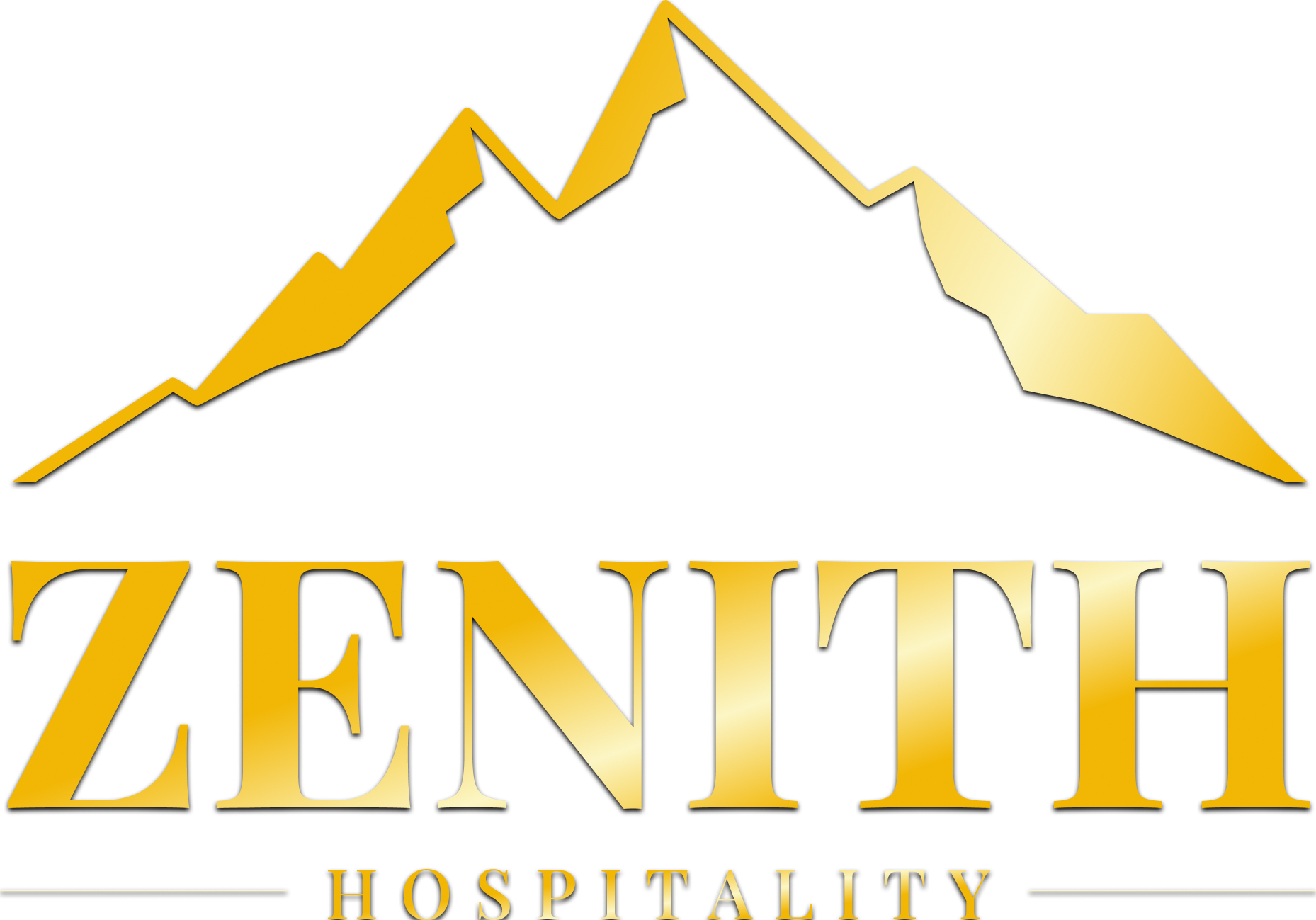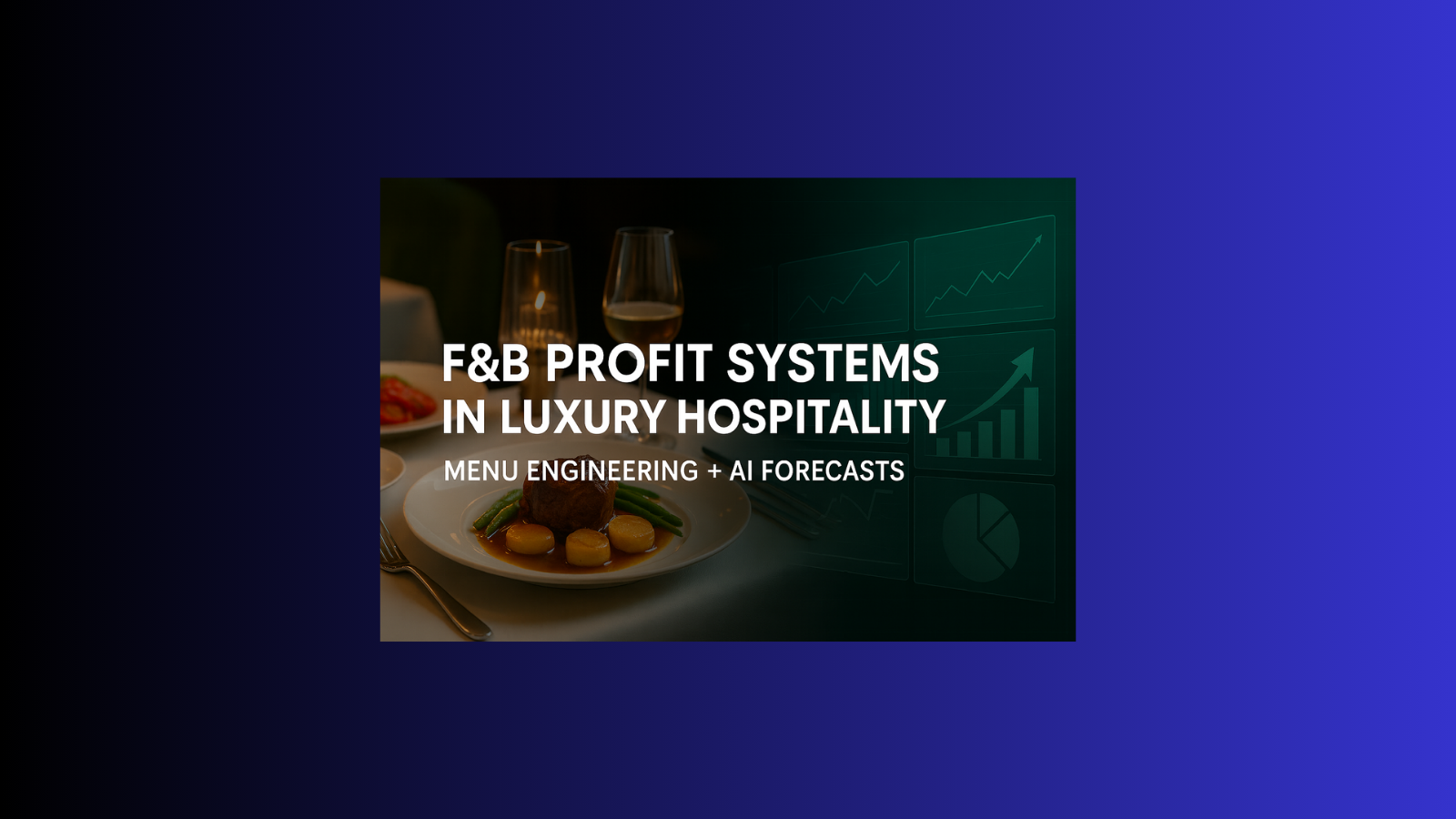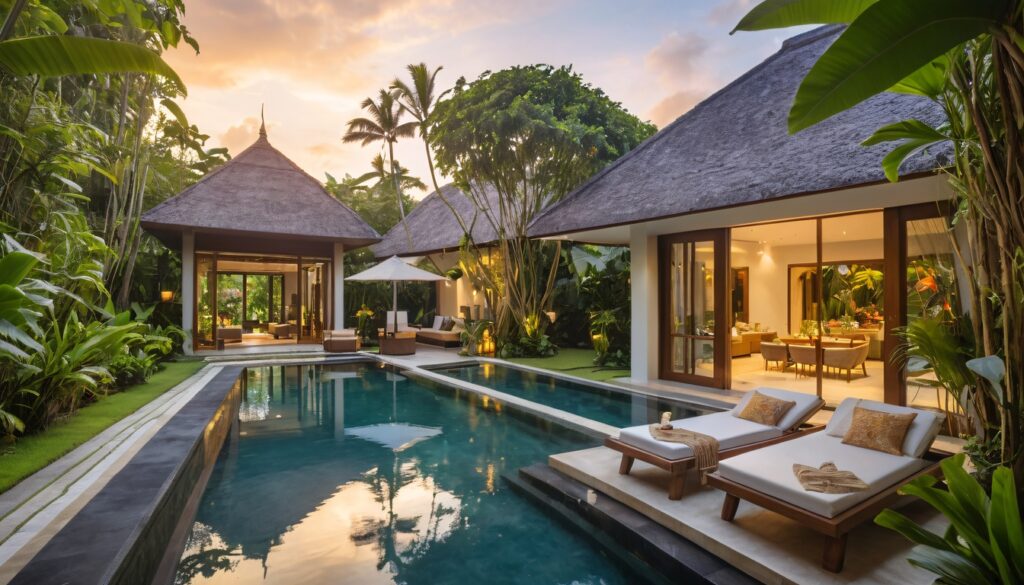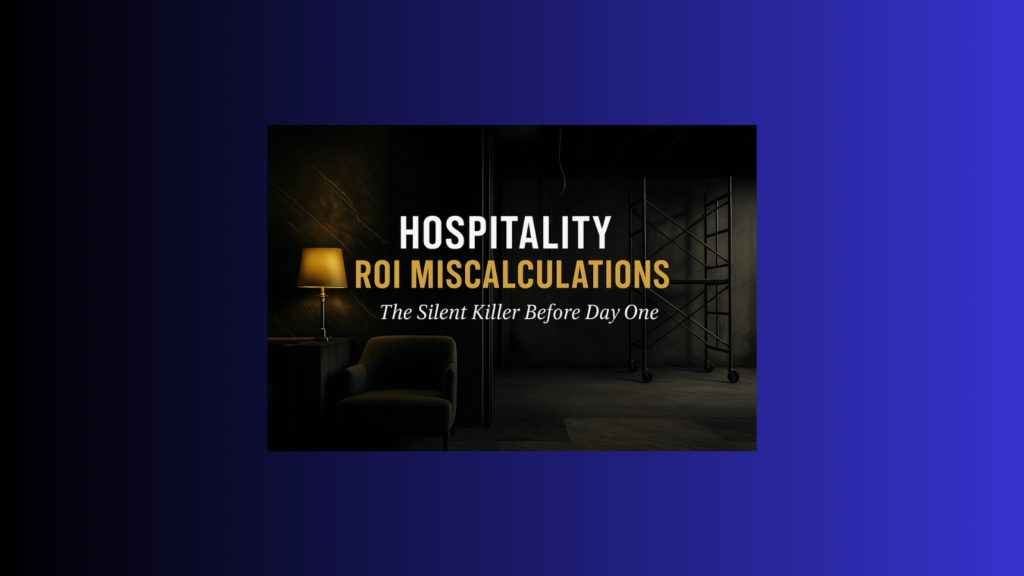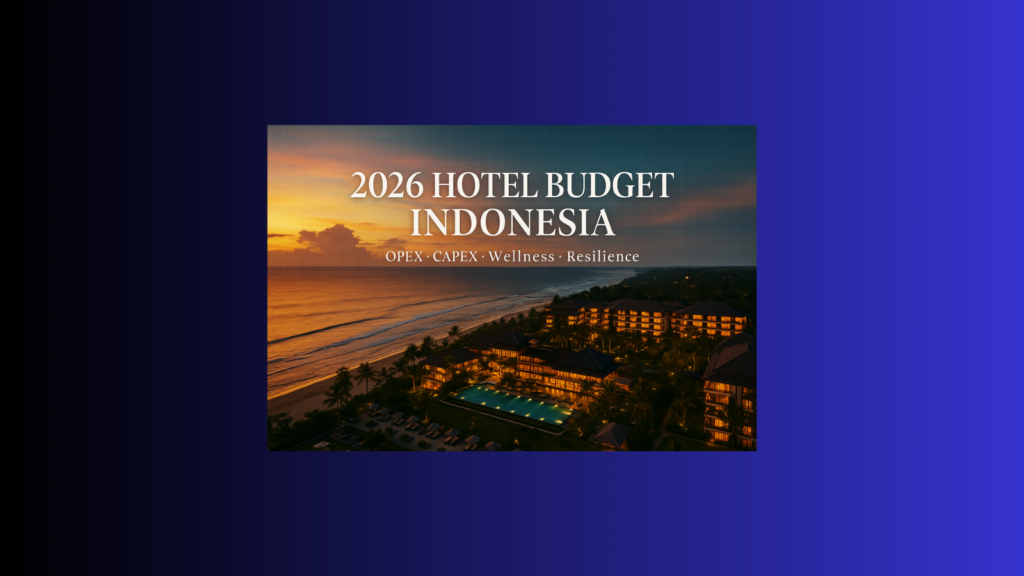Introduction: Why F&B Profitability Defines Luxury Hospitality
In luxury hospitality, F&B profit systems in luxury hospitality are becoming the backbone of both guest satisfaction and financial success. Rooms may create prestige, but F&B often defines profitability — and it shapes whether guests truly feel the brand promise was delivered.
This is why F&B departments now rely on two critical drivers:
- Menu engineering – optimizing menus for profit and popularity.
- AI demand forecasting – predicting guest choices, inventory needs, and revenue flows with precision.
Hotels, villas, and resorts that integrate both tools are boosting margins, cutting waste, and enhancing guest experiences.
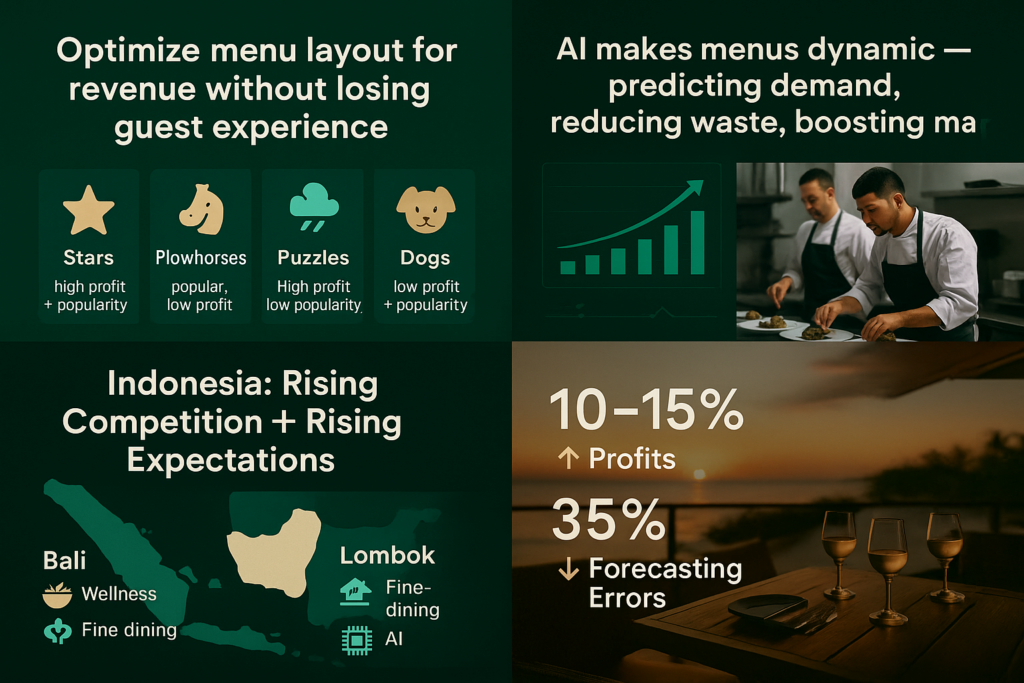
What Is Menu Engineering in Luxury Hospitality?
Menu engineering is a data-driven approach to menu design. It highlights profitable items where guests are most likely to order them. In luxury hotels, this means balancing high-margin dishes with brand-defining experiences.
A typical F&B profit system groups menu items into four categories (Toast on menu engineering):
- Stars – High profit, high popularity (signature cocktails, chef’s specialties).
- Plowhorses – Popular but lower profit (club sandwiches, simple pastas).
- Puzzles – High profit but low sales (premium wines, tasting menus).
- Dogs – Low profit, low popularity (items dragging down revenue).
By redesigning menus — highlighting Stars and adjusting Puzzles — luxury hotels can raise check averages without harming guest experience.
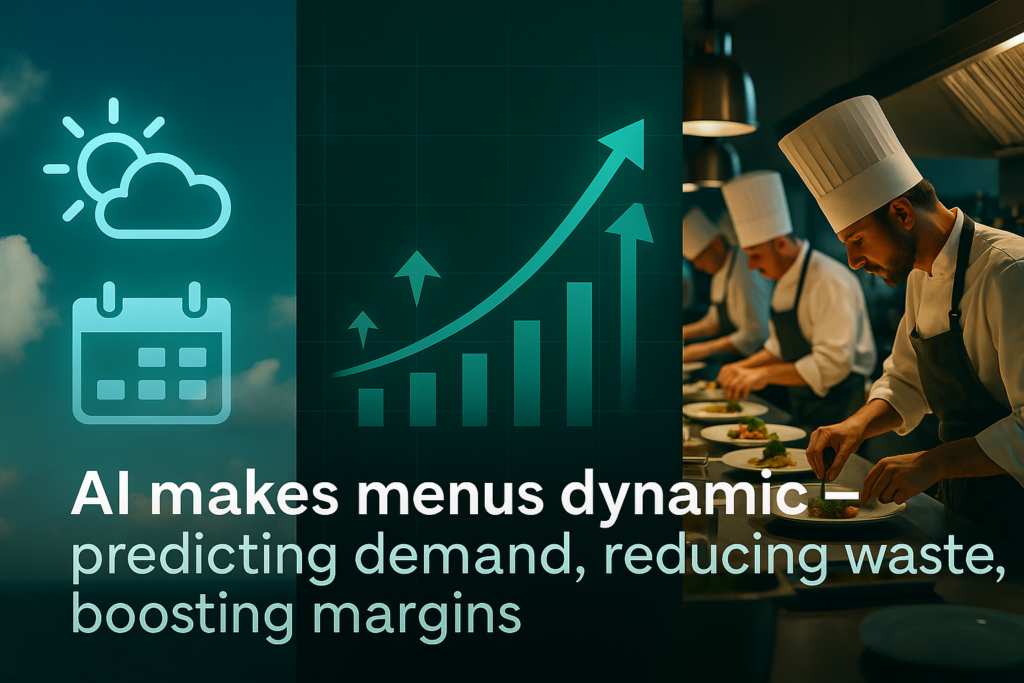
How AI Transforms the Playbook
Menu engineering is powerful, but AI makes it dynamic.
AI forecasting uses sales history, weather, local events, and guest profiles to predict:
- Which dishes sell best on weekends vs. weekdays.
- Seasonal menu shifts (e.g., seafood in summer, wellness bowls in retreat season).
- Ingredient cost changes and their profit impact.
- Expected covers per outlet, helping optimize staff schedules.
Example: A resort in Singapore used AI to optimize menus and gained a 10% profit margin increase in 3 months. Another operator cut waste by 20–30% with AI demand forecasting (Crunchtime).
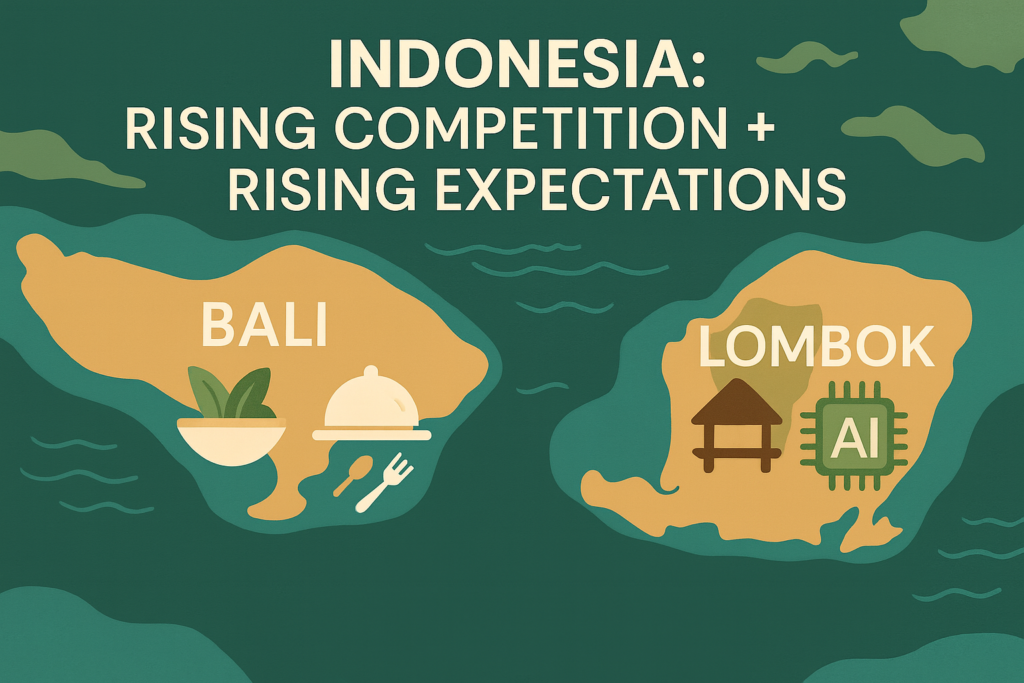
The Indonesia Context: Rising Competition and Expectations
Indonesia, especially Bali and Lombok, is a strong testbed for F&B profit systems in luxury hospitality. Local resorts face rising competition, shifting guest expectations, and fragile supply chains — making data-driven menu engineering and AI forecasting even more valuable:
- Bali: Luxury resorts compete heavily on dining. Guests expect world-class cuisine, making profitability essential.
- Wellness menus (plant-based, detox, functional foods) are trending, but often priced without profit analysis (WTTC Wellness Tourism Report).
- Lombok: Eco-resorts use AI forecasting for leaner, more sustainable operations.
- Challenges: Import reliance, price swings in fresh produce, and fragile supply chains make forecasting vital.
With 30,000+ outlets in Indonesia (USDA FAS Indonesia Foodservice Report), the gap between efficient operators and lagging ones will grow.
For broader insights, read our Lombok Tourism Growth Strategy.
Building the F&B Profit System
A menu engineering + AI forecasting playbook includes:
- Data Collection – Track sales, ingredient costs, and margins by outlet.
- Menu Audit – Classify items as Stars, Plowhorses, Puzzles, or Dogs.
- AI Forecasting – Use tools to match demand with events, weather, and guest trends.
- Profit Alignment – Adjust pricing with alerts on underperforming items.
- Guest Experience Sync – Train staff to upsell Stars while protecting brand experience.
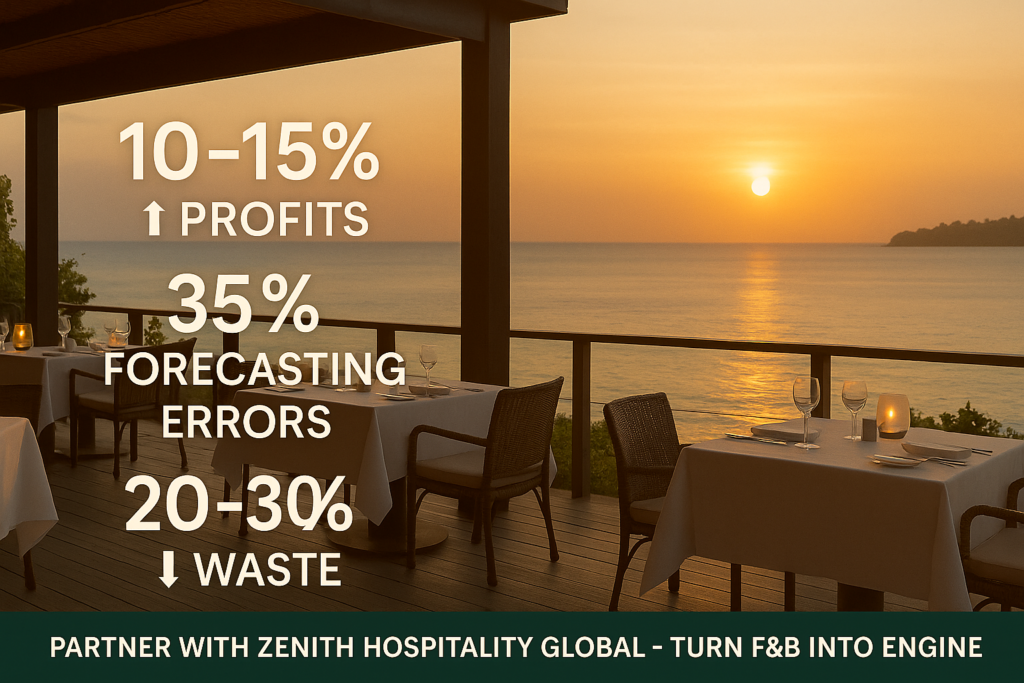
ROI of Intelligent F&B Systems
Hotels using F&B profit systems in luxury hospitality see:
- 10–15% higher profit margins in one quarter.
- 35% lower forecasting errors (PredictHQ).
- 20–30% less food waste (Winnow Solutions).
- More consistent guest experiences through smarter staffing and supply.
For owners and investors, this means higher NOI and stronger valuations.
FAQ: F&B Profit Systems in Luxury Hospitality
1. What is menu engineering in luxury hospitality?
It’s analyzing profit and popularity of dishes, then redesigning menus to highlight the best performers.
2. How does AI forecasting help?
AI predicts guest demand using past sales, events, and weather. This reduces waste and optimizes purchasing.
3. Why are these systems vital in Indonesia?
They help hotels in Bali, Lombok, and beyond manage costs, supply issues, and guest expectations.
4. What results can hotels expect?
Typically, 10–15% higher profit margins, 20–30% less waste, and smoother F&B operations.
5. How does Zenith support properties?
Zenith provides audits, pricing strategies, and AI tools to turn F&B outlets into profit engines.
Conclusion: The Future of F&B Profit Systems in Indonesia
Luxury hospitality in Bali, Lombok, and across Indonesia is at a tipping point. To thrive, operators must adopt F&B profit systems in luxury hospitality that combine menu engineering with AI forecasting. This transforms F&B from a cost center into a consistent profit driver — aligning guest satisfaction with ROI and resilience.
The answer: combine menu engineering with AI forecasting to transform F&B from a cost center into a profit driver.
See also:
- F&B Profit Strategy for Bali Resorts: Hit 30% Profit Margins
- Managing Destination Overcrowding in Bali
Partner With Zenith Hospitality Global
F&B profitability in luxury hospitality is no longer optional — it’s the difference between thriving operations and silent revenue leaks. Menu engineering and AI demand forecasting can unlock higher margins, but only expert consulting ensures these tools are applied with precision, brand alignment, and ROI focus.
☑ Request your consultation — we’ll build a profit system tailored to your outlets.
📊 Get a menu audit + AI forecast demo to see where you can gain 10–20% margins.
🔗 Follow us on LinkedIn for insights, strategies, and global hospitality case studies.
Don’t let your restaurants or bars operate on guesswork. Work with a partner who ensures your F&B department becomes a profit engine, not a cost center.
👉 Contact Zenith Hospitality Global today and discover how your property can increase F&B profitability in the next 90 days.
